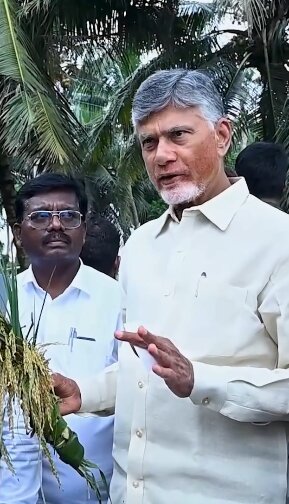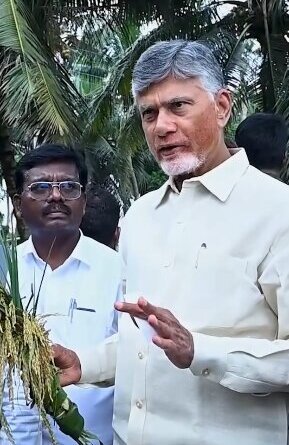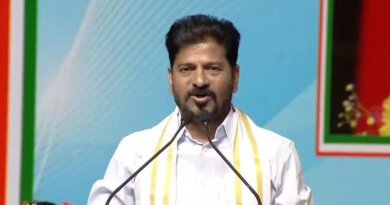Cyclone Montha Hits Andhra Coast, Leaves Trail of Damage

Cyclone Montha made landfall near Narasapur in West Godavari late on October 28, bringing intense rain and winds to coastal Andhra Pradesh. The storm’s path moved northwest, affecting multiple districts before weakening into a deep depression.
Cities like Kakinada, Vijayawada, and Machilipatnam faced severe weather conditions. Trees were uprooted, roads submerged, and power lines snapped. Emergency teams were deployed across the region to manage the crisis and restore essential services.
The state government confirmed two fatalities due to storm-related incidents. One woman in Konaseema lost her life when a tree fell during heavy winds. Another casualty was reported in Krishna district. Authorities are continuing damage assessments and relief operations.
Airports in Visakhapatnam and Vijayawada suspended operations on October 28. Several trains were delayed or cancelled due to waterlogging and debris on tracks. Schools and colleges in affected districts were closed as a precaution.
Farmers in Krishna and East Godavari districts reported crop losses. Paddy fields and horticultural lands were inundated, raising concerns over food supply and economic impact. Officials are evaluating compensation measures for affected farmers.
The India Meteorological Department (IMD) had issued red alerts ahead of the cyclone’s landfall, enabling timely evacuations. Thousands were moved to relief shelters in low-lying areas. This proactive approach helped minimize casualties.
Relief camps have been set up with food, water, and medical supplies. Local volunteers and disaster response teams are working round the clock to assist displaced families. Restoration of electricity and mobile networks is underway.
The cyclone’s impact extended beyond Andhra Pradesh. Neighboring states like Odisha, Telangana, and West Bengal experienced heavy rainfall and gusty winds. The IMD continues to monitor the system’s movement as it weakens further inland.
Chief Minister N. Chandrababu Naidu reviewed the situation and directed officials to expedite relief and rehabilitation. He emphasized the need for resilient infrastructure and better preparedness for future cyclones.
Environmental experts highlighted the increasing frequency of severe cyclones in the Bay of Bengal. They stressed the importance of climate-resilient planning and early warning systems to protect vulnerable communities.
Residents are urged to stay cautious and follow official advisories. Fishermen have been advised not to venture into the sea until conditions stabilize. Helplines have been activated for emergency assistance.
Cyclone Montha serves as a reminder of nature’s unpredictability and the importance of disaster readiness. While the storm has passed, rebuilding efforts will take time and coordinated action.
The state government has announced compensation packages for the families of the deceased and those who suffered property or crop damage. Special teams are documenting losses to ensure timely disbursement.
As the skies clear, the focus shifts to recovery. Engineers are inspecting bridges, roads, and power lines. Health officials are monitoring for waterborne diseases in flood-hit areas.Cyclone Montha’s impact will be studied to improve future response strategies. The resilience shown by communities and swift action by authorities have been widely appreciated.





Worst CM ever. No proper info, just random visit .
Chala manchi article. Clear ga chepparu